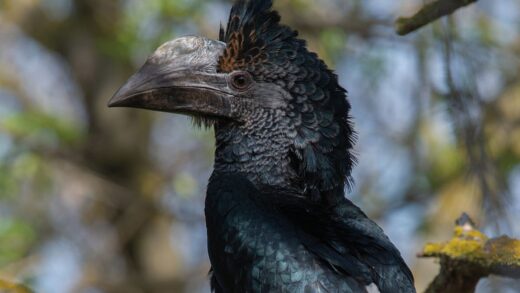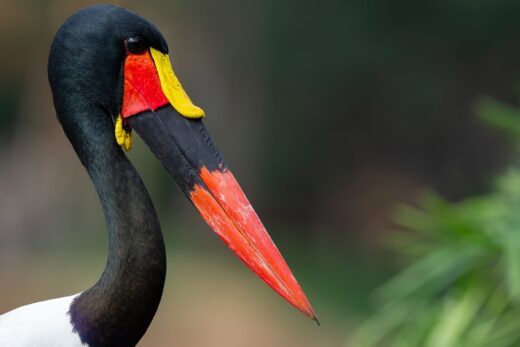
Saddle-billed stork
Ephippiorhynchus senegalensis
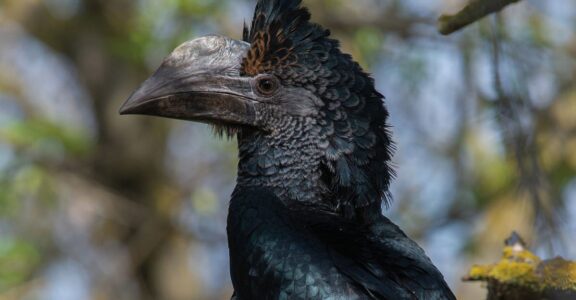
The Grey-cheeked hornbill often “associates” with monkeys and squirrels because while foraging they disturb small animals and cause the hornbill to eat fruit. In exchange, the hornbill can give the alert if a predator is approaching.
Birds
Bycanistes subcylindricus
IUCN: LC - Least Concern (2018)
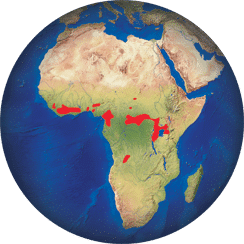

Ephippiorhynchus senegalensis
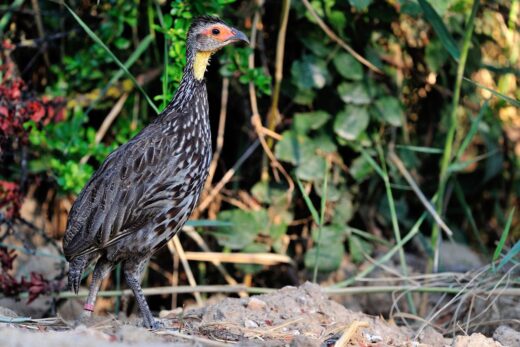
Pternistis leucoscepus
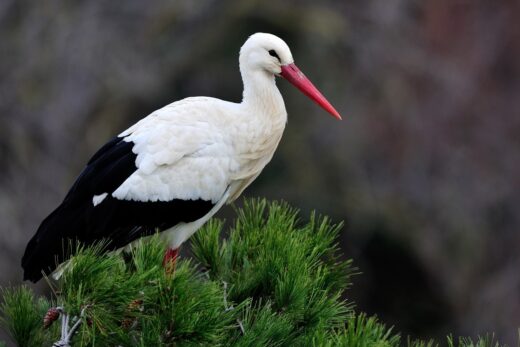
Ciconia ciconia
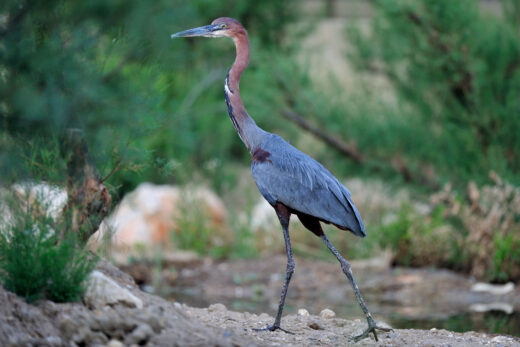
Ardea goliath
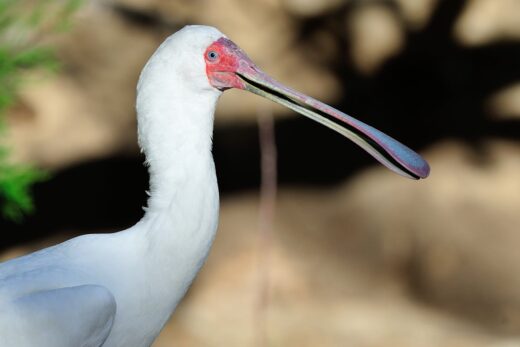
Platalea alba
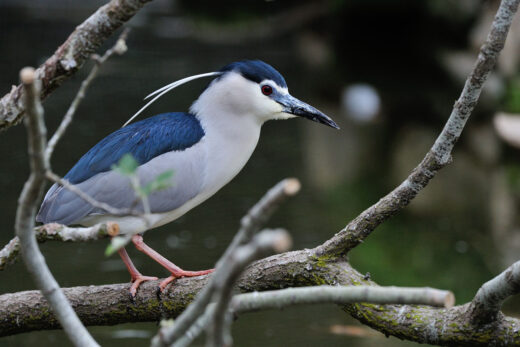
Nycticorax nycticorax
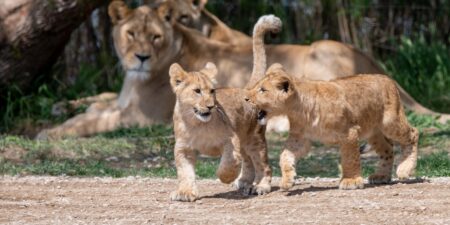
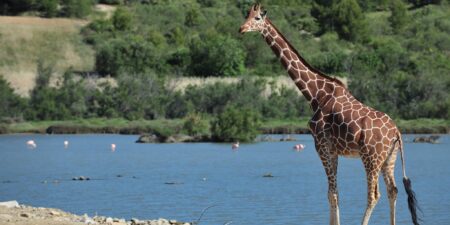
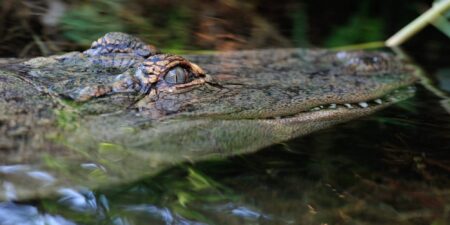
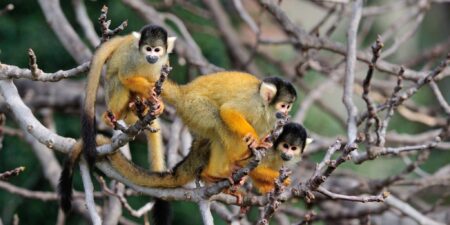
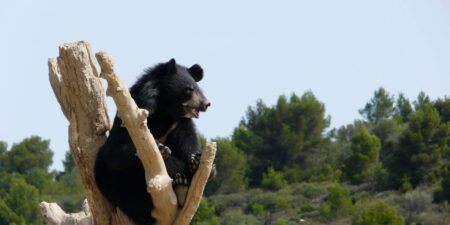
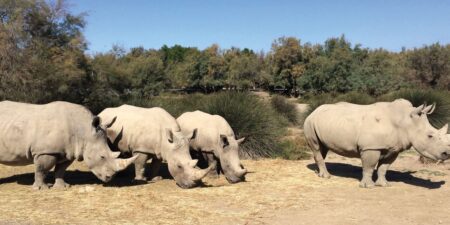
on your birthday !
In 2024, to celebrate the 50th anniversary of the Park, we offer you your entry on your birthday.
